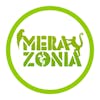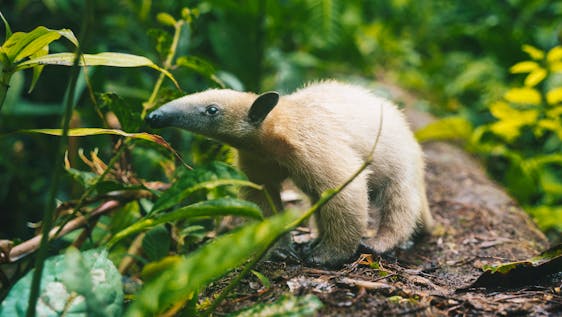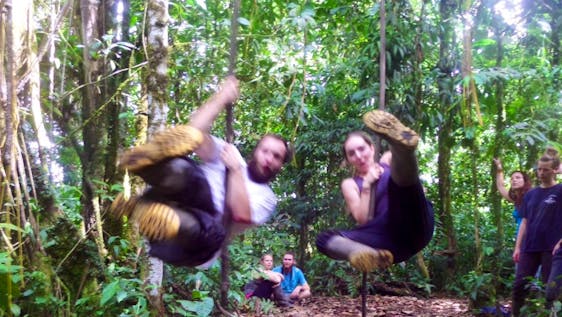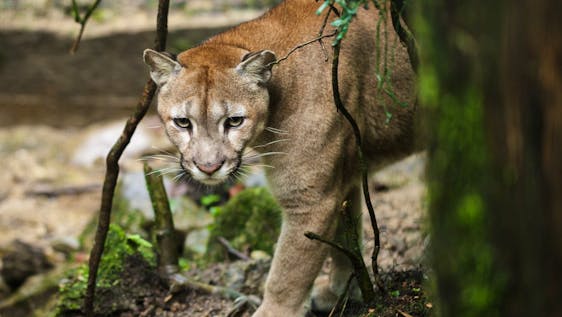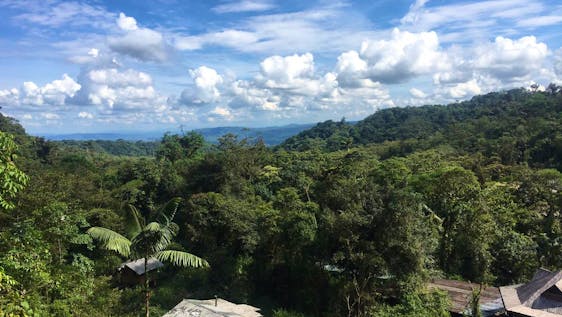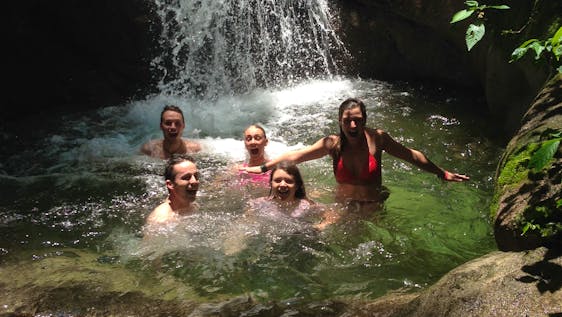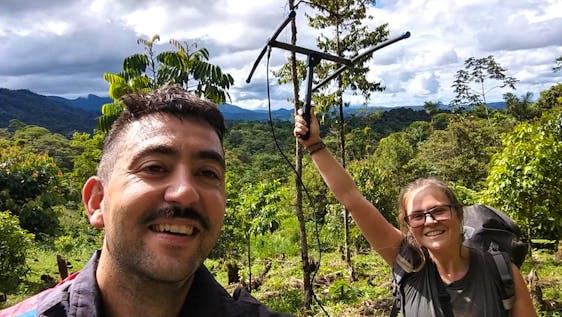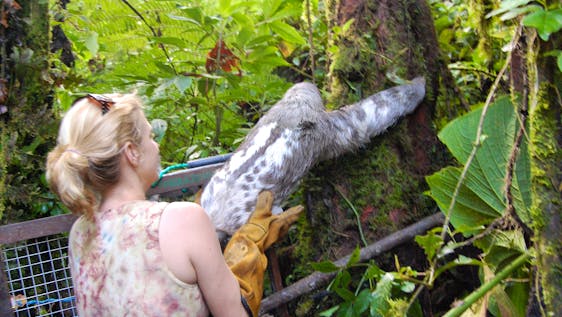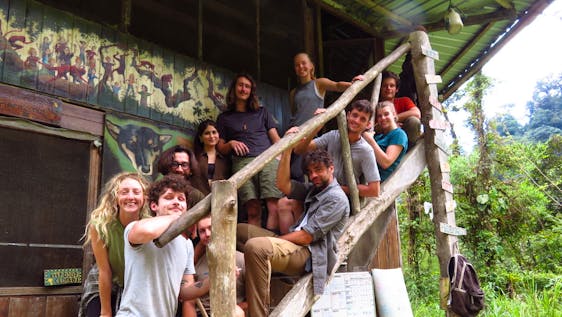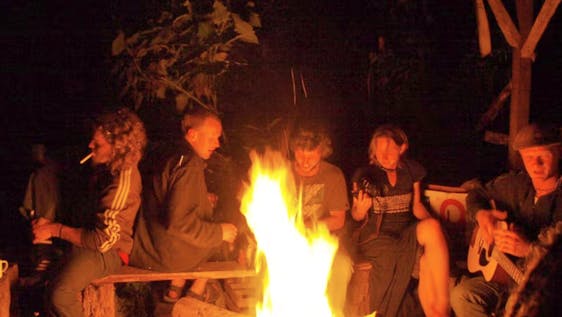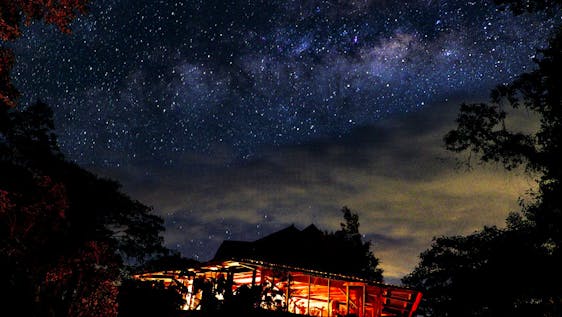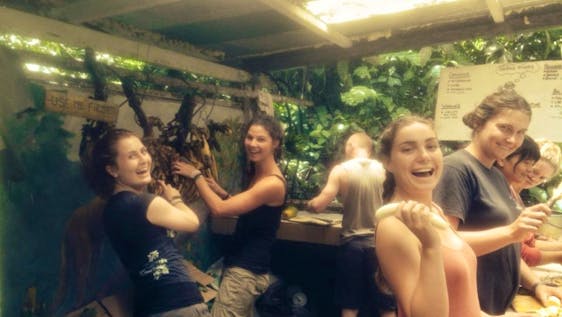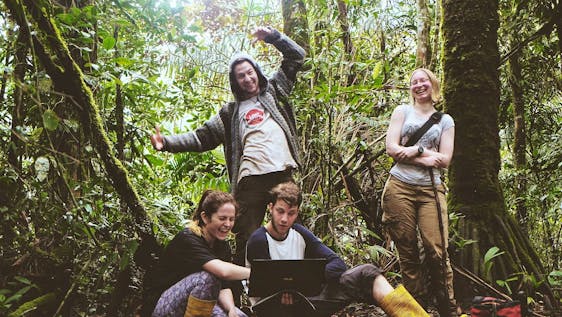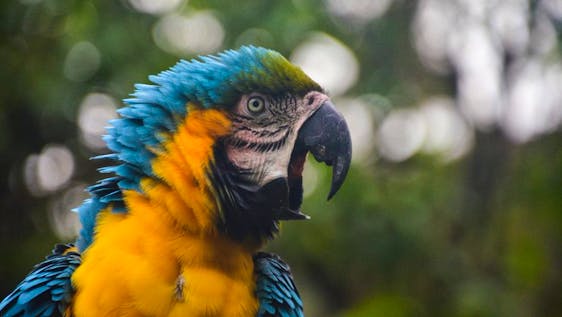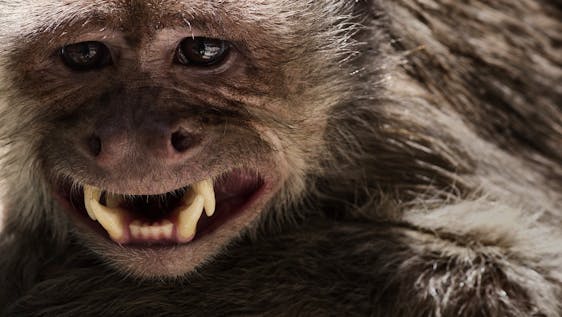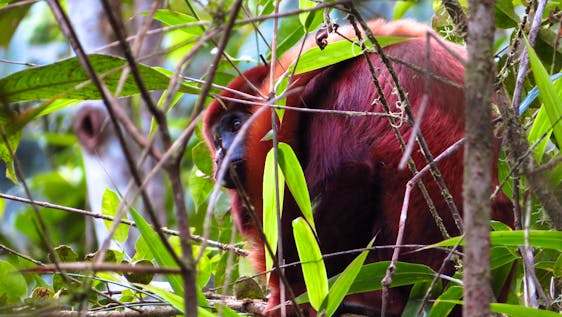Merazonia is a dynamic wildlife rescue and rehabilitation centre
located on 250 acres of Amazon rainforest, near Mera, Ecuador, South
America.
We combine passion for nature with a professional approach on animal care and release, along with rainforest conservation.
Volunteers help us in the day to day care of the wildlife.
Merazonia has a young team of people who encourage volunteers to help
think of ways we can improve the park. We are currently caring for well
over 100 animals, including: capuchin, tamarin, red howler and woolly
monkeys; many species of parrots and macaws; kinkajous and other small
mammals; and sometimes felines.
Because rehabilitation is an important part of what we do, the group
of animals we look after often changes, with animals being released or
moved to other refuges, depending on the care and environment they need.
Merazonia aims to be a true rehabilitation centre and therefore focuses on animals that are endemic to our region and that can potentially be released back into the wild.
Therefore Merazonia has a strict hands off policy for most of
its animals! As we try to focus on rehabilitation, it is very important
to minimize any human interaction with the animals, as this is the first
vital step towards their rehabilitation.
All founding members of Merazonia have a background in volunteering
and worked as volunteers at several wildlife centres throughout the
continent, before joining forces and embarking on a new adventure:
creating their own wildlife rescue centre, with a focus on
rehabilitation.
The first work started in the
fall of 2004, with every partner investing his own money in the
project. This was enough to buy 100 hectares of rainforest and invest in
building materials. There was no access to the land other than a small
jungle path, and we commuted between the town of Mera and the land every
day.
By the time the basic structures were up and all paperwork issues were
sorted, it was early 2009. On a day in January, a small baby tamarin
monkey called Lukas, was brought over the bridge and truly inaugurated
Merazonia as an animal refuge. Little Lukas grew up to lead his own
group of tamarins and lived a free life on the Merazonia premises.
Since then, hundreds of animals, as well as volunteers, have crossed
that same bridge. Slowly the centre expanded, so more animals could
receive our professional care. With so many fury residents, volunteers
nowadays mostly spend their time taking care of the animals. We continue
to build towards a better centre every day: enclosures get improved,
diets get adjusted and release projects are executed with more detail
and innovative methods.
We are proud to have built this centre with our own hands, along with
the many volunteers that joined us. Merazonia was truly built by
volunteers for volunteers (and animals of course) and this remains a big
part of what makes Merazonia special.
